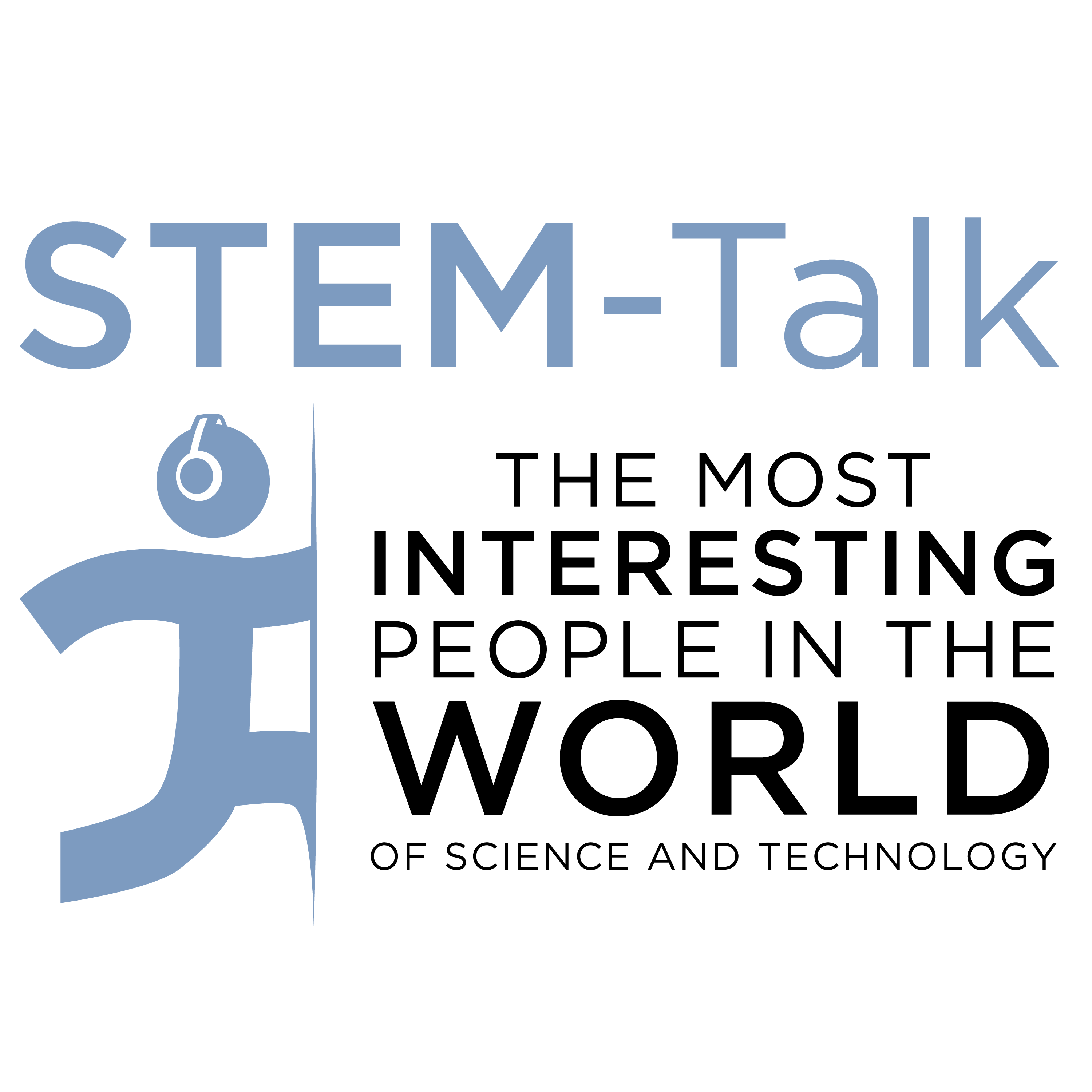Episode 147: Gwen Bryan talks about advances in wearable robotic devices and exoskeletons
Description
Today’s interview is with IHMC’s Dr. Gwen Bryan, a research scientist who investigates wearable robotic devices aimed at augmenting human performance in clinical, occupational, and military applications.
She is particularly focused on maximizing the benefits of powered exoskeletons. At IHMC, Gwen leads the exoskeleton team, which is developing a novel augmentative device that continues IHMC’s research on mobility devices for people with spinal cord injury. The team also is researching a powered exoskeleton to aid government employees whose work involves nuclear site remediation.
Gwen and her team’s effort, which utilizes a human-centered research approach, is uniquely situated to expand exoskeleton research and technology because of the expertise and collaboration that’s available among IHMC’s robotics and human-performance research groups.
Gwen joined IHMC after completing her Ph.D. in the Stanford Biomechatronics Lab. Outside of work, Gwen enjoys soccer, weightlifting, painting and snowboarding. She also is a dog mom to two very adorable shelter dogs, Bandit and Oreo.
Show notes:
[00:02:32] Dawn asks Gwen what it was like growing up in Albuquerque, New Mexico.
[00:03:02] Dawn mentions that it seems science was a part of Gwen’s life early on. Dawn goes on to mention that Gwen’s father was an engineer, and her mother was a nurse and asks how her parents having these backgrounds influenced her.
[00:03:35] In addition to a science background, Gwen’s mother is also a clarinetist who instilled a love for the arts in Gwen. Dawn asks Gwen about her painting and how art benefits other aspects of her life.
[00:04:17] Ken asks Gwen what she was like as a kid.
[00:04:59] Ken asks Gwen to talk about a rafting trip she took with her cousin through the Grand Canyon.
[00:06:27] Dawn asks Gwen how chocolate chip cookies factored into her third-grade science fair project.
[00:08:04] Dawn mentions that fitness became a part of Gwen’s life following an injury she had as a senior in high school. Exercise, particularly weightlifting, helped alleviate her back pain. Dawn asks Gwen what her fitness journey taught her about her body, and ultimately, how that experience gave her insights into the work she does today.
[00:09:16] Ken asks Gwen how she chose to go to the University of Texas in Austin.
[00:10:38] Dawn mentions that Gwen transferred to the University of New Mexico for her undergraduate work. Dawn asks Gwen what motivated her to apply her interest in mechanical engineering into robotics.
[00:11:28] Ken asks Gwen what was involved in her transfer from the University of Texas to New Mexico.
[00:12:34] Ken asks Gwen what led her to the Stanford Biomechatronics Lab.
[00:13:38] Ken asks Gwen to talk about her internship with the Sandia National Research Labs.
[00:14:40] Dawn shifts to talk about Gwen’s current research focus on wearable robotics, particularly exoskeletons, mentioning that when the public hears this term most people generally think either insect exoskeletons or Ironman. Dawn asks Gwen to describe the exoskeletons she works on.
[00:15:25] Dawn mentions that the potential uses of exoskeletons to help people with limited or no lower-limb mobility seems, in some respects, clear, but the application has been limited, and asks why that is.
[00:16:40] Dawn asks what some other applications of exoskeletons are that are important to know about.
[00:18:35] Ken mentions that during Gwen’s doctoral work at Stanford, she developed the first cable-driven exoskeleton to assist all the three leg joints — hips, knees, and ankles — and asks Gwen to talk about how that design was developed and what made it special in the exoskeleton field.
More Episodes
Today we have Dr. Rudolph E. Tanzi, who is perhaps best known for co-discovering all three familial early-onset Alzheimer's disease genes. In addition, Rudy’s lab was the first to use human stem cells to create three-dimensional human brain organoids and three-dimensional neural-glial culture...
Published 10/25/24
Published 10/25/24
Our guest today is Dr. Anurag Singh, the chief medical officer at Timeline Nutrition, a Swiss life-science company that focuses on ways to improve mitochondrial and cellular health. Anurag is particularly known for his research into the gut metabolite, urolithin-A, which has been shown to improve...
Published 09/23/24


